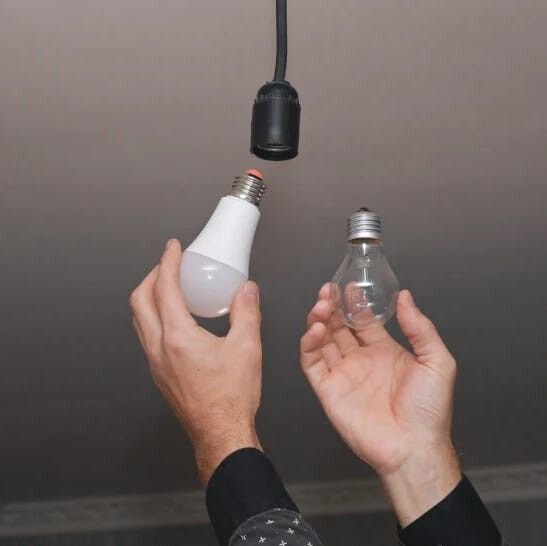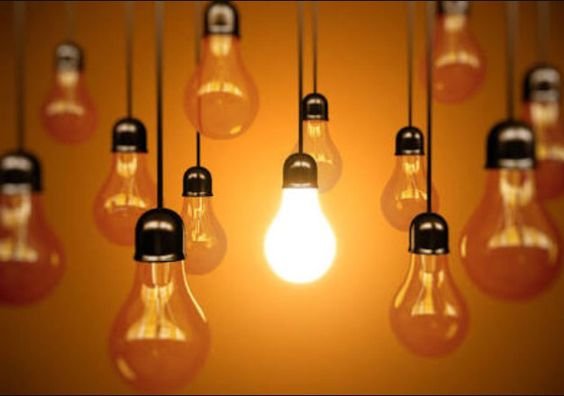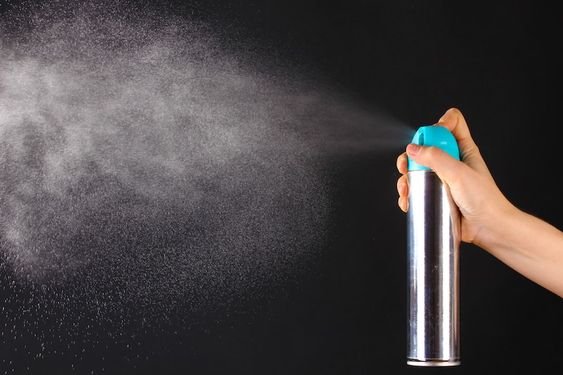How to Dispose of Light Bulbs
Replacing a burnt-out light bulb is a common household chore, but what do you do with the old one? Tossing it in the trash might seem like the easiest option, but for some bulbs, it’s not the most eco-friendly choice. In this post, we’ll shed light on the proper disposal methods for different types of light bulbs, from the classic incandescents to the latest LEDs. We’ll also explore some recycling options and upcycling ideas to keep your cast-off bulbs out of landfills! This comprehensive guide aims to educate on the various types of light bulbs and their disposal methods, emphasizing safety, environmental impact, and legal considerations.
Understanding the Importance of Proper Light Bulb Disposal
Proper disposal of light bulbs is essential for several reasons. Environmental Impact of Incorrect Disposal: When light bulbs are not disposed of correctly, they can release harmful substances like mercury into the environment, contaminating soil and water sources. This poses serious risks to ecosystems and human health. Also, read about How to Dispose of Vapes Safely
Why Proper Disposal Matters
Environmental Impact of Incorrect Disposal
Improper disposal of light bulbs, especially CFLs and fluorescent tubes, can lead to the release of toxic chemicals such as mercury and lead. These substances can contaminate soil and water, posing risks to wildlife and human health. By ensuring proper disposal, we mitigate these environmental hazards and contribute to a safer planet.
Legal Regulations Regarding Light Bulb Disposal
Many countries have strict regulations regarding the disposal of light bulbs, especially those containing hazardous materials like mercury. Understanding these laws is crucial to avoid fines and penalties associated with improper disposal practices. Always check local guidelines or consult with waste management authorities to ensure compliance.
Types of Light Bulbs and Their Disposal Methods
Incandescent Bulbs
Overview of Incandescent Bulbs
Incandescent bulbs are the traditional, filament-based bulbs. While they do not contain hazardous materials like mercury, they should still be disposed of carefully to prevent breakage and injury.
Safe Disposal Methods
To dispose of incandescent bulbs, wrap them in paper or plastic before placing them in the regular trash. This helps prevent injuries from broken glass and reduces the risk of fire hazards.
Compact Fluorescent Lamps (CFLs)
Characteristics of CFLs
CFLs are energy-efficient bulbs that contain a small amount of mercury. While they help reduce energy consumption, improper disposal can release mercury vapor into the environment.
Recycling Options for CFLs
Recycling is the best way to dispose of CFLs. Many hardware stores, recycling centers, and some municipalities accept CFLs for recycling. This ensures that mercury and other materials are safely recovered and reused.

Light Emitting Diodes (LEDs)
Advantages of LED Bulbs
LED bulbs are highly energy-efficient, durable, and do not contain hazardous materials like mercury. They are becoming the preferred choice for residential and commercial lighting due to their longevity and environmental benefits.
How to Dispose of LED Bulbs Responsibly
While LEDs do not pose significant environmental risks, they should still be disposed of responsibly. Check with local recycling centers or electronic waste facilities that accept LEDs for proper recycling.
Halogen Bulbs
Properties of Halogen Bulbs
Halogen bulbs are a type of incandescent bulb that uses halogen gas to increase efficiency and lifespan. They do not contain mercury but should be handled carefully due to their high operating temperature.
Recommended Disposal Techniques for Halogen Bulbs
To dispose of halogen bulbs, wrap them in paper or plastic to prevent breakage and place them in the regular trash. Avoid direct contact with bare hands to prevent burns or injuries.

Safety Precautions When Handling Light Bulbs
Importance of Safety Goggles and Gloves
When handling any type of light bulb, wear safety goggles and gloves to protect against glass shards and potential exposure to hazardous materials. This simple precaution can prevent injuries and ensure safe handling.
Steps to Safely Remove and Handle Different Types of Bulbs
- Turn off the light and allow the bulb to cool before handling.
- Use a ladder or step stool if necessary to reach high fixtures.
- Gently twist the bulb to remove it from the socket.
- Place the bulb in a container or wrap it in paper for disposal.
Legal Regulations and Guidelines
Local and National Laws on Light Bulb Disposal
Understanding the legal requirements for light bulb disposal is crucial to avoid fines and penalties. Many jurisdictions classify certain types of bulbs, especially those containing mercury, as hazardous waste. Always check local regulations or consult with waste management authorities for specific guidelines.
Penalties for Improper Disposal Practices
Fines for improper disposal of light bulbs can vary depending on local laws and the type of bulb. Violations may result in penalties that range from monetary fines to legal action, highlighting the importance of complying with disposal regulations. If you want to relocate your office, and house safely then you must our services at cityvanremovals.com
How to Find Recycling Centers Near You
Using Online Resources to Locate Recycling Facilities
Online databases and resources can help you find nearby recycling centers that accept light bulbs for proper disposal. Websites of local municipalities, recycling organizations, or environmental agencies often provide directories of recycling facilities.
Contacting Local Waste Management Authorities for Guidance
For personalized guidance on light bulb disposal, contact your local waste management authorities or environmental agencies. They can provide information on recycling options, hazardous waste disposal sites, and community collection events.

DIY Methods for Disposal at Home
Step-by-Step Instructions for Safely Disposing of Bulbs at Home
- Prepare a sturdy container such as a cardboard box or plastic bin.
- Wrap the bulb in paper or place it in its original packaging if intact.
- Seal the container to prevent breakage during transportation.
- Label the container clearly as “Broken Bulbs” or “Hazardous Waste” if applicable.
Materials Needed and Precautions to Take
Gather materials such as gloves, safety goggles, and sturdy containers before starting the disposal process. Always handle bulbs with care to minimize the risk of breakage and exposure to hazardous materials.
Alternative Uses for Old Light Bulbs
Creative Ways to Repurpose Old Bulbs
Turn old light bulbs into decorative items such as vases, terrariums, or Christmas ornaments. Explore DIY projects that transform bulbs into functional pieces of art or household décor.
DIY Projects and Home Decor Ideas
Discover innovative ways to reuse old bulbs by incorporating them into DIY projects or home décor. From upcycled lighting fixtures to unique garden ornaments, there are endless possibilities for repurposing old bulbs creatively.
Educational Initiatives on Proper Disposal
Importance of Community Awareness
Educating communities about proper light bulb disposal encourages responsible environmental practices and reduces the impact of hazardous waste on ecosystems.
Involvement of Schools and Educational Institutions
Schools and educational institutions play a vital role in promoting environmental stewardship. Engage students in initiatives that emphasize the importance of recycling and proper disposal of light bulbs to foster a sustainable future.
Conclusion
Proper disposal of light bulbs is not only a legal requirement but also an ethical responsibility to protect the environment and public health. By understanding the different types of light bulbs and their disposal methods, adopting safety precautions, and complying with legal regulations, individuals can contribute to a cleaner and safer planet.
FAQs
What is the best way to dispose of incandescent light bulbs?
To dispose of incandescent light bulbs, wrap them in paper or plastic to prevent breakage and place them in the regular trash. While they do not contain hazardous materials, handling them carefully prevents injury from broken glass.
Can I throw CFLs (Compact Fluorescent Lamps) in the regular trash?
No, CFLs contain a small amount of mercury and should not be thrown in the regular trash. Instead, recycle them at designated recycling centers, hardware stores, or through municipal recycling programs to ensure safe disposal and recovery of materials.
Are LED bulbs recyclable, and where can I recycle them?
Yes, LED bulbs are recyclable. Check with local recycling centers, electronic waste facilities, or hardware stores that accept LEDs for proper recycling. While they do not contain hazardous materials, recycling them ensures that valuable components are recovered and reused.
What precautions should I take when handling and disposing of halogen bulbs?
When handling halogen bulbs, avoid direct contact with bare hands to prevent burns from their high operating temperature. Wrap them in paper or plastic to prevent breakage and place them in the regular trash. Always allow the bulb to cool before handling it.
What should I do if a CFL breaks in my home?
If a CFL breaks, ventilate the area by opening windows and doors. Wear gloves and use stiff paper or cardboard to carefully scoop up glass fragments and powder. Place the debris in a sealed container and take it to a recycling center that accepts hazardous materials. Avoid using a vacuum cleaner, as it can spread mercury vapor.




